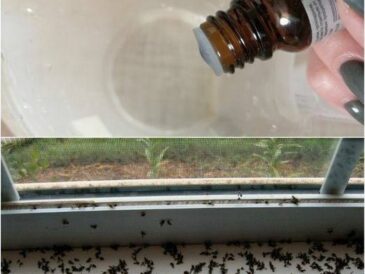When we think of washing machines, we usually think of clothes, towels, and bedding. But your washer is capable of much more than that. In fact, many everyday items—often overlooked—can be safely and effectively cleaned right inside your machine. By using it wisely, you can save time, reduce bacteria buildup, and keep your home fresher than ever.
Here are 7 unexpected things you can clean in the washer—plus tips, safety notes, and expert recommendations.
1. Plush Toys and Stuffed Animals
Most stuffed animals, especially modern soft toys, are washer-friendly.
Why it works
Kids’ toys accumulate dust, skin cells, bacteria, and sometimes allergens. A washing machine eliminates these microbes effectively.
How to wash
- Use a gentle or delicate cycle
- Cold water
- Place toys in a laundry bag
- Avoid toys with batteries or delicate glued parts
Good to know
A study published in the Journal of Allergy and Clinical Immunology found that washing plush toys can significantly reduce allergens like dust mites.
2. Backpacks and School Bags
Fabric backpacks often get filthy—but many are machine washable.
How to wash
- Empty all pockets
- Remove any metal frames
- Put the bag in a pillowcase or laundry bag
- Use cold water and a low spin
Why it works
Most backpacks are made of polyester or nylon, both safe for machine washing.
3. Reusable Grocery Bags
These bags carry meat, vegetables, and dairy—yet many people never wash them.
Why wash them?
A study from the University of Arizona found that 97% of shoppers never wash their reusable bags. These bags can harbor bacteria like E. coli.
How to wash
- Cloth bags: washer-friendly
- Insulated bags: wipe clean, do not submerge
- Use hot water for maximum bacteria removal
4. Shower Curtains and Plastic Liners
Instead of scrubbing mildew off by hand, let the washer do the work.
How to wash
TO CONTINUE READING THE ARTICLE PLEASE SEE PAGE 2




